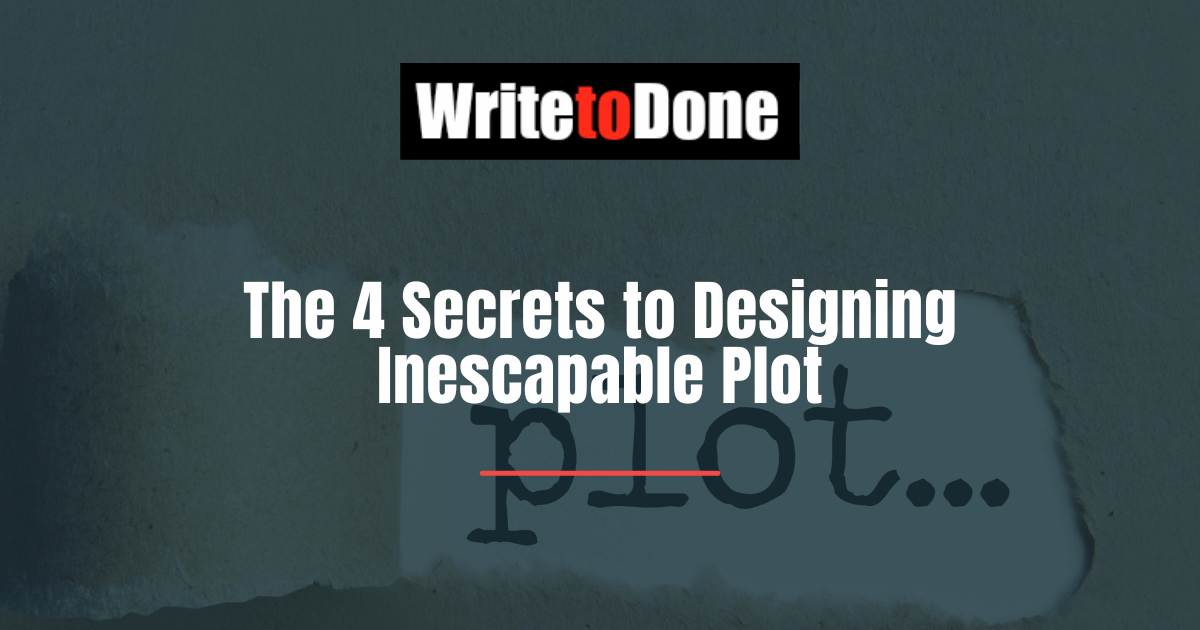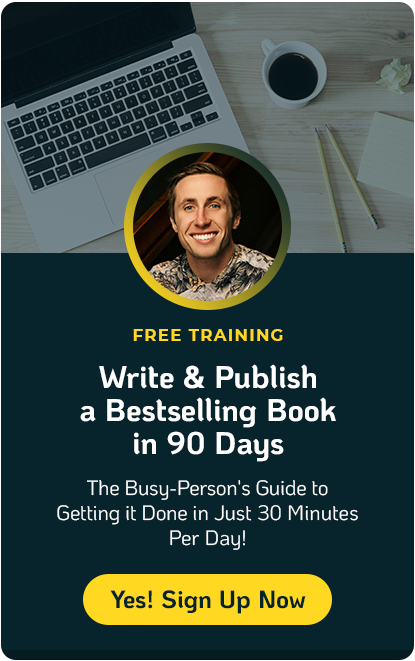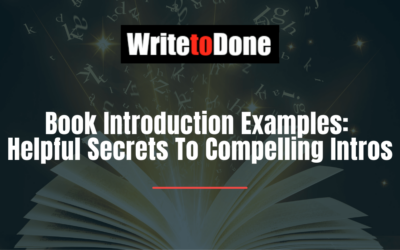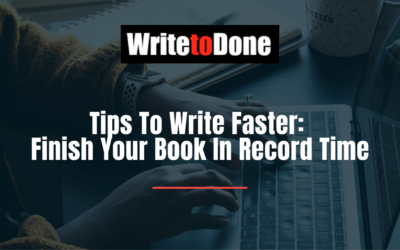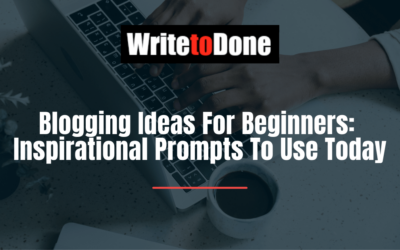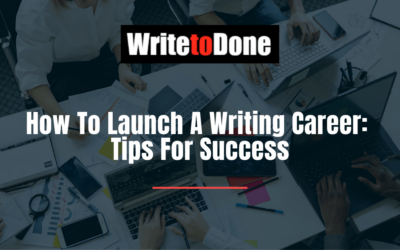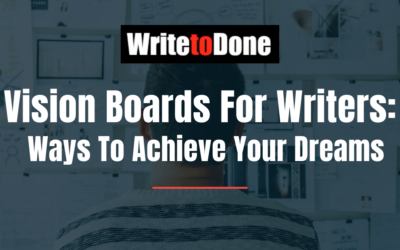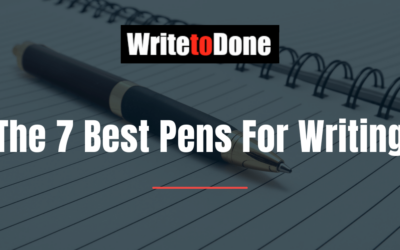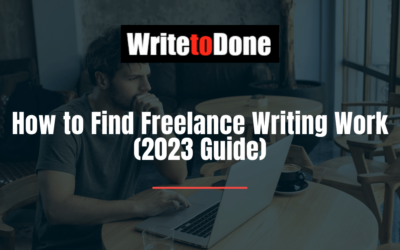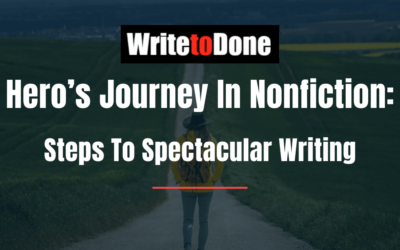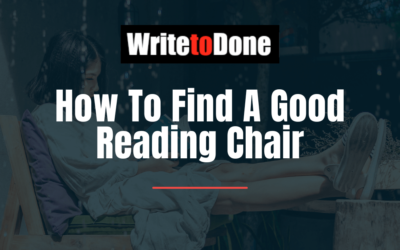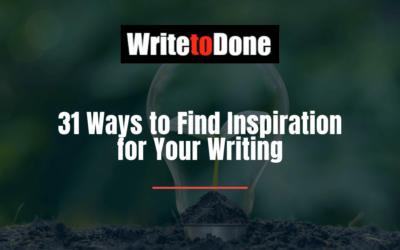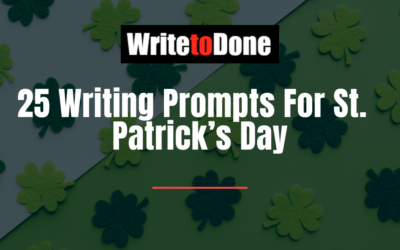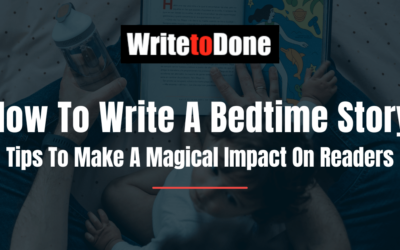What makes a plot into a rollercoaster ride?
We’ve talked about the reader’s unconscious expectations for a great story.
We know what these are. And we can meet them with proper design.
I always use a three-act design because this is simplest and most classical. So let’s turn a simple three-act design into a rollercoaster ride, one that will keep the reader addicted on every single page.
Secret #1 Know Your Climax
We’ve already learned from The 2 Steps to Creating Unforgettable Character that the Climax of your story is the point at which your protagonist must choose between their two conflicting internal needs. An impossible choice.
This Climax is the whole point of your story. If you had only a few seconds left to live and you had to blurt out that point, you would blurt out the Climax:
“Elizabeth Bennet must choose between Darcy and her conscience! Pip must choose between loyalty to the convict and saving his own life! Romeo and Juliet must choose between their families and deathless love!”
Everything else in your story is setting up the conditions for impossible choice.
Your Climax is that impossible choice.
Secret #2 Determine Your Faux Resolution
And this is the biggest secret to plot that I know: faking the reader out.
I named this plot piece the Faux Resolution. It’s the Resolution to the story, but it’s a fake.
I have never seen this described in any advice on fiction. But I have found it in every great story I have ever analyzed. And I’ve analyzed hundreds.
This is the counter-intuitive trick that gives your plot the essential contrast that throws your entire design into three-dimensional relief, gripping your reader, meeting their unconscious expectations, and making your plot inescapable.
Every story is about increasing the tension. However, at the same time, every reader eventually becomes numbed to the tension.
So how do we solve this?
Turn the tables on them. Stop increasing the tension. Throw the story into reverse. Give them resolution instead.
The purpose of the Faux Resolution is to lull the reader into believing that the story is ending, that everything has been resolved. Of course, it hasn’t. There are still far too many loose threads and uncomfortable issues left unresolved. But the reader is willing to overlook all that.
“It’s not what I was hoping for in a Resolution,” the reader thinks. “But I guess it’ll have to do.”
The Faux Resolution is the opposite of the Climax: in what way can the protagonist—and reader—be fooled into believing that the protagonist will not be forced to choose between their two conflicting needs?
Secret #3 Discover Your Hook
Now we back up all the way to the beginning of the story.
When did all this start?
There was a time when the protagonist could have gotten out of making this impossible choice. It might not have been easy—but they could have.
That was the backstory. Nobody really cares about that part.
However, there was also an event—specifically, a decision that the protagonist made about that event—that set them irrevocably upon this path, that pushed them out the door and slammed it behind them.
Something happened to pit their two conflicting needs against each other. And after this moment—after the decision that they made in this moment—they are never able to rest again. They must now fight and fight and fight to choose between their conflicting needs, bounced back and forth between them with greater and greater tension and urgency, until eventually they can’t bounce anymore.
So, what trapped them? When did they say to themself, “I will choose X in order to get Y”? (Except that X actually leads, not to Y, but to Z.)
That’s your Hook.
Secret #4 Establish Your 3 Conflicts
Once you know your Climax, Faux Resolution, and Hook, you can create the three Conflicts that will lead your character from Hook to Climax.
I use three Conflicts because that’s what it takes to fill in the pieces of three-act structure.
Remember how we discussed, in The 3 Secrets to Addictive Fiction, classical three-act structure? We talked about how, within three acts, each act has a unique purpose to which we can devote a full half of that act. And each act also needs a climax to which we can devote the other full half of that act.
This can be outlined this way:
ACT I: HOOK
Hook
Conflict #1: Climax to Act I
ACT II: DEVELOPMENT
Conflict #2: Midpoint
Conflict #3: Climax to Act II
ACT III: CLIMAX
Faux Resolution
Climax: Climax to Act III and the whole story
You can see that you need three Conflicts to get from Hook to Climax. I call them Conflicts to remind the writer that all stories are about conflict. If you don’t have conflict, you’re in Resolution. And no one wants to read any more than the absolute minimum about Resolution.
Design your Conflicts to increase in tension. Make Conflict #1 start the ball rolling for the middle of the story. Make Conflict #2 the point at which the characters stop running away from their problems and begin running toward a solution. And make Conflict #3 feel like the Climax. Oh, no! Everything’s destroyed! It’s not, because the protagonist has not yet chosen between their conflicting needs. But to the reader—this is the rollercoaster ride.
This classical pattern makes your plot inescapable.
Now you can use the same six pieces within each of the six major pieces to create a plot of 36 pieces. It will have the delicious rollercoaster feeling that the reader craves. And it will have such perfect design that the reader will be gripped through every single development. They will never be able to escape.
This is what I call holographic design.
This is inescapable.
A Word of Warning About Resolution
Finally, I always warn writers not to plot toward Resolution.
This is because the writing of a story imbues it with the writer’s own sense of urgency.
If you’re writing toward Resolution, you have no sense of urgency. You already know how it ends. And so you imbue your writing with a feeling of resolution. Unfortunately, when the reader feels resolved, they put down the book and walk away. Your job—at its most minimum—is to prevent this from ever, ever, ever happening.
In, on the other hand, you’re writing toward Climax—impossible choice!—you have an overwhelming sense of urgency. You honestly don’t know what your protagonist is going to choose.
You would like to believe that they’ll choose love over plebian survival, but there are all those bills to pay, the fights with the boss, the struggles with their home, the problems with their friends, the fights with family. You’d like to believe that they’ll choose justice over surviving the villain, but that’s a really determined villain, and you love this protagonist so much. You’d like to believe that they’ll choose to do what they know is right—but, oh, how they want the things they want.
How can they ever choose?
The answer to that is addictive.
Now please join me with Joanna Penn of the Creative Penn for a video discussion of how to discover your all-important Hook: Unforgettable Plot.
What are your Climax, Faux Resolution, and Hook? How can you develop 3 Conflicts of increasing tension between them?
Image courtesy of Pixabay

